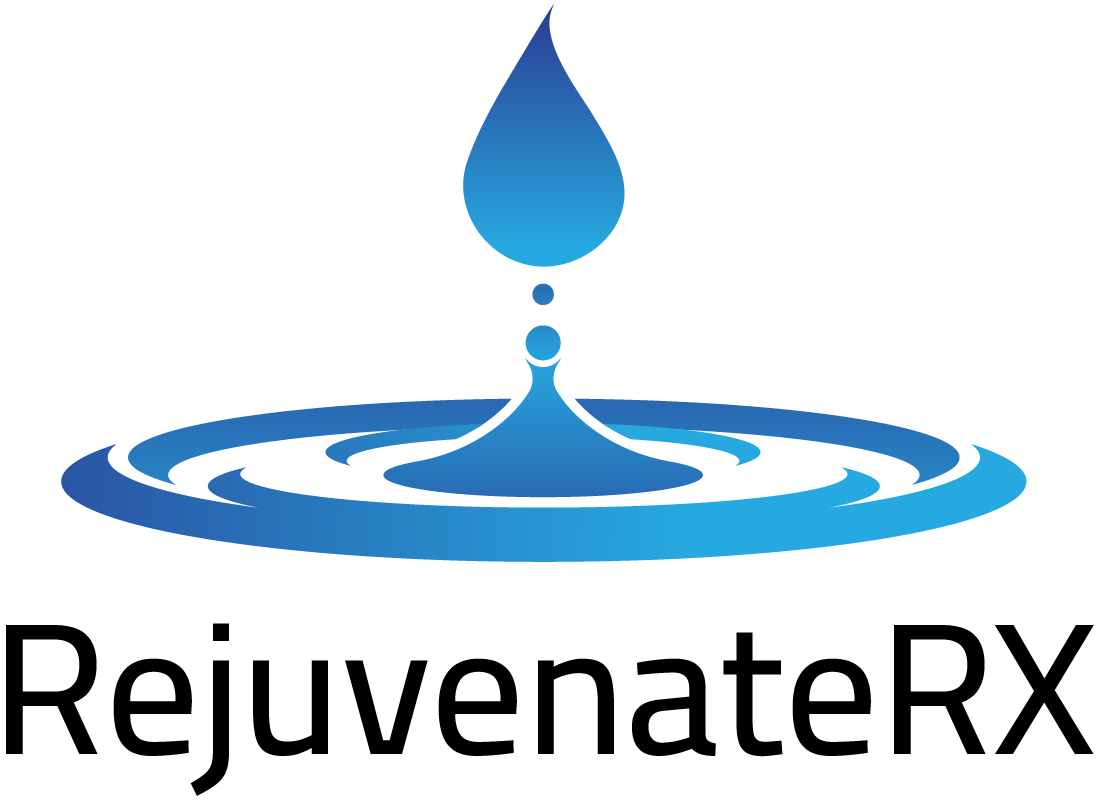Modern medicine relies on IV injections that directly deliver fluids, drugs, or foodstuff into the circulatory system. This blog intends to comprehensively explore IV injections, explaining their uses, their tools, how they work, where they are administered, and the benefits, disadvantages, and associated dangers.
Uses of Intravenous (IV) Injections
IV injections are employed for various purposes:
Fluid Replacement
Therefore, IV provides a convenient form of rehydration in most cases where dehydration prevails. There are various causes of dehydration, such as illness, surgery, profuse sweating, vomiting, diarrhea, etc. Therefore, IV fluids quickly replenish lost fluids and electrolytes and maintain a proper hydration state and body functioning.
Medication Administration
For instance, one of the primary purposes of IV injections is fast administration of the drugs straight into a blood flow. This approach leads to the quick development and efficiency of drugs. IV usually administers antibiotics for treating severe infections, analgesic injections to manage acute pain during emergencies, and chemotherapeutic agents for cancer treatment. Giving IV injections bypasses the digestive system, making this type of medication more immediate than others in terms of effects, usually with faster results.
Nutrient Delivery
The necessary vitamins, minerals, and nutrients are given directly into the bloodstream using IV injections. It is used therapeutically or as a supplement where feeding by mouth may not be possible and an immediate effect is desired. IV administration is helpful to patients with nutrient deficiencies, malabsorption, or any case when a direct supply of essential nutrients for the body is needed.
Specialized IV Treatments
Apart from these primary uses, specialized IV treatments have emerged in recent years, offering targeted therapies:
IV Vitamin Infusions: Various customized blends of vitamins, such as vitamin C, B-complex vitamins, and so forth, are injected into the body through the IV for diverse purposes like immunity enhancement, energy boosting, and skin rejuvenation.
Hangover Relief IV Therapy: IV treatment which is aimed to relieve both dehydration and malnutrition resulting from excessive drinking.
Equipment Involved in IV Injections
IV Catheter/Cannula: The tubing, which is thin, has no substance, and it is inserted into a vein through which fluids and drugs are delivered.
IV Bag or Syringe: It also holds the fluid, medication, and/or solution for the infusion being administered.
IV Tubing: The part that will be used to connect a bag, a syringe, or anything to the IV catheter will be referred to as a fluid transducer.
Tourniquet and Alcohol Swabs: To assist in vein location and sterilization.
How Intravenous Injections Work
IV injections work by injecting fluids, drugs, or nutrition into the blood vessel. It evades the digestive process, which enables instantaneous absorption through all the parts of the body.
This step consists of placing a sterilized IV catheter in an appropriate vein, for example, veins in the arm and hand. Later on, once the catheter has been inserted through the skin into the vein, fluids, medications, or nutrition products are filled into a syringe or IV bag and then pumped along with the tube directly toward the bloodstream.
The solution is delivered to the vein via gravity or through a controlled infusion pump that controls the flow rate. The flow is regulated as required to administer the drug into the blood safely at an even rate.
It then quickly spreads within the bloodstream, delivering the liquids, medicines, or nutrition to the intended tissues and organs as a solution. IV injections enter the bloodstream directly, offering more rapid effects as compared to oral medication, which has to pass through the digestive system before getting into the bloodstream.
Sites for IV Injections
Forearm: However, there is a preference for sites located in the brachial vein in the forearm due to its accessibility and stability. The two primary veins often utilized for IV access in the forearm are:
Median Cubital Vein: Situated between the upper half of the arm, this vein is extensive and can therefore be found quite readily; hence, this explains why it’s widely popular for use during drip administration. It is one of the most stable and less painful sites for a blood draw or IV catheter placement.
Cephalic Vein: Another place where a good IV access point can be found is an arm’s outer part – The cephalic vein. This helps the catheter be inserted into it easily because it is clearly seen and felt.
Back of the Hand: In cases of emergencies or when forearm veins are not accessible, you can use dorsal metacarpal veins at the back of the hand instead. However, these veins tend to be small and fragile, which could make insertion a bit difficult or painful for the patient.
Considerations for IV Injection Sites
Vein Accessibility: The most appropriate vein for an initial IV insertion should depend mainly on the size, visibility, and patient’s comfort.
Stability and Durability: To maintain the IV line integrity, veins least likely to change position or break down during the infusion are better preferred.
Patient Comfort: However, medical personnel look for maximum patient comfort while choosing the suitable site (i.e., vein). As a rule, forearm veins can often be taken because they are very stable. Thus, it should not lead to discomfort during or after IV insertion.
Summary
IV is a medical procedure that can be used to inject drugs fast since they take less time compared to oral prescriptions. Although they yield quick profits, they may pose risks and complications later on. This is due to healthcare professionals carefully administering IV injections with regard to their effectiveness and related adverse effects.
It is important to administer and be vigilant throughout the IV therapy period properly. This entails understanding the uses, equipment, processes, and risks of IV injections by healthcare providers and patients.


